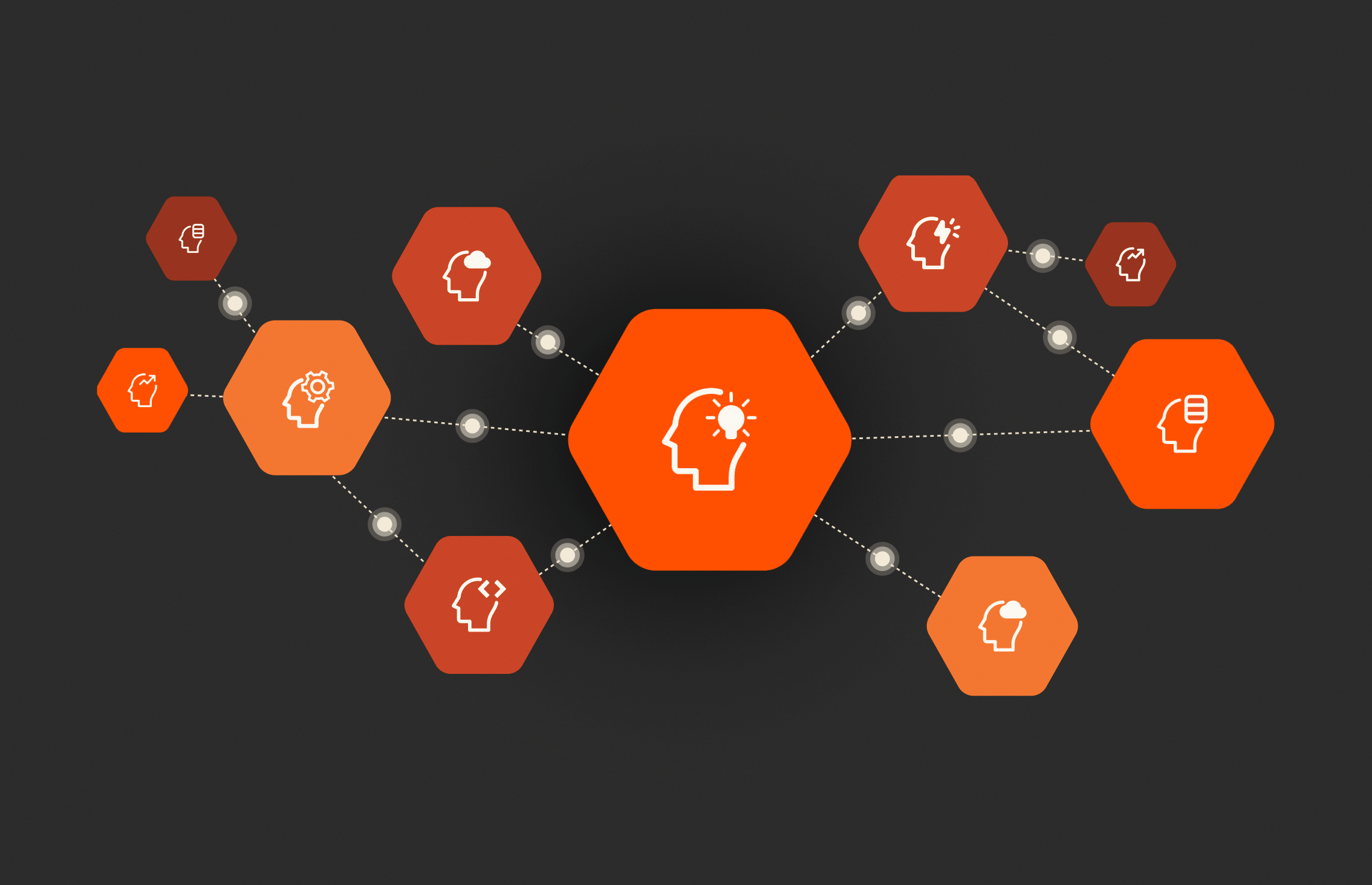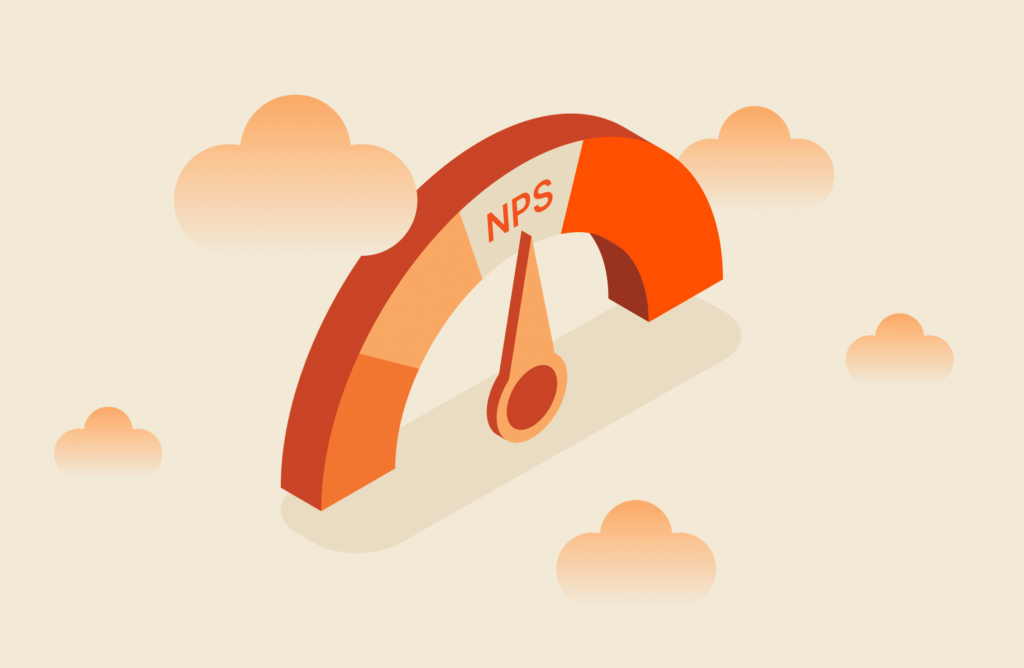There are many reasons to reinforce values through a strong, consistent company culture. You’re more likely to attract and keep the best talent, for one. But culture also drives a positive, fulfilling customer experience that’s essential to business success.
In a PwC study, 73% of U.S. consumers said that experience was a priority in their purchasing decisions, after price and product quality. And 65% said a positive experience with a brand is more influential than great advertising. Combined, a strong culture and customer-centricity form a positive feedback loop that drives business success. According to McKinsey, companies with initiatives to improve their customer experience see employee engagement increase by 20% on average.
Brad Smith, the former longtime CEO of Intuit, is well-known for creating a compassionate, respectful culture. Smith successfully raised Intuit’s market cap to almost $60 billion during his tenure—drawing a direct line between the culture he created and the “design for delight” customer experience that attracted loyal fans in droves.
Clearly, there’s a connection between customer experience and revenue. What’s less obvious is the secret sauce behind every winning customer experience. That sauce is your organizational culture: who you hire, how you nurture your values, and how it all comes across to customers.
What Is Culture, Anyway?
This is a tough question to answer at a time when most of us aren’t gathering in offices and hanging out in break rooms. What is culture when we’re only interacting on Zoom and over Slack?
During my years at LinkedIn, I learned a lot about creating culture from then-CEO Jeff Weiner, a leader who I have tremendous respect for. For me, culture is changeable. It’s aspirational and should be seen as something that can evolve over time through growth. As Jeff describes it, it’s akin to our personality or “who we are and who we aspire to be.”
In January 2017, I joined Pure Storage® and was incredibly impressed by our co-founder John “Coz” Colgrove. The company had already been built from the ground up to be “customer-obsessed.” It gave me and my team a lot of runway to foster a culture that emphasizes our “think globally, act locally” outlook. I also sit on the board of the Pure Good Foundation, our employee-funded initiative that strives to make a difference in our communities.
That’s important to culture: Doing good for the communities you live in because you feel good about the company you work for.
Values, on the other hand, are (or should be) fixed: They’re a subset of culture, but they should always be the driver of culture. Jeff says, “Values are the principles upon which we make day-to-day decisions.” They’re intended to drive value for the business, and they can provide a clear North Star for culture.
How to Nurture Values
Companies often try to shorten the path to a great culture and customer experience with bolted-on fixes. But in reality, you have to roll up your sleeves.
When creating a culture, make sure you define values as clearly as possible as they will guide every decision you make as well as how your culture evolves. We’ve gone through the exercise of defining our leadership attributes at Pure and how they translate to culture and behavior. For example, as our customer-first value, we call for an “open hearts and minds” approach. That plays out in our desire to have employees show colleagues they care about them as humans, not as resources. We also want leaders to be optimistic, inclusive, and worthy of trust when they influence others.
Here is an opportunity to directly tie your values to your customers. Of our five values, the first is being “customer-first.” These aren’t just words; they inspire everything we do. Being customer obsessed gives everyone in a company the joint commitment to solve problems, think differently, and deliver awesome, every single time.
Who You Hire Is Who Your Customers Will “Meet”
Jeff Weiner once said, “Talent is our number one priority.”
Those words have been in the back of my mind since our days working together. They’ve become my own North Star in building a high-performing organization at Pure Storage.
Creating a customer-centric culture and values system starts with hiring. Every person and department needs to prioritize a great customer experience: It comes from the top, from new hires at the most junior level, and every subculture in between.
We hire for very specific values and prioritize honoring our colleagues’ talents no matter where they come from. When you prioritize talent and values first in hiring, then specific technology experience second, you’re more likely to create a dynamic culture, not a cookie-cutter one.
This is how Zappos does it, too. The company says it only brings on new hires that, “we think will protect our culture, regardless of skill sets or revenue-generating potential.” Zappos’ Chief of Staff Jamie Naughton says, “Every single hire has the ability to change the culture for the positive or the negative. And if you make too many compromises in your hiring decision, you end up with an imbalance in your culture.”
But what’s even more interesting to me when thinking about talent is how a commitment to building a values-based foundation can manifest beyond the company walls. This is the intersection of talent and customers, and where company culture, done well, makes all the difference.
Yes, You Can Measure Culture
I often get asked, “How do you know if your culture is thriving or driving the right behaviors internally to impact customer satisfaction? Is there a direct correlation?”
Just as you do with so many areas of the business, you measure and track culture. That may seem challenging—measuring culture seems far more amorphous than, say, tracking website clicks or sales leads. But it can be done. The key is tying the metrics to customer obsession since that’s a follow-on impact of a vital culture. A few tips to do this well:
Measure employee sentiment and engagement. Conduct employee check-ins every six months. You might ask, “How likely are you to recommend our company as a great place to work?” to gauge how workers view the business. This seems to reflect the notion that when your employees feel heard, they in turn are eager to listen, learn, and replicate that feedback loop for customers.
At Pure, twice a year, we ask employees to tell us what’s working well, and what isn’t, to enable an ongoing, two-way feedback loop to ensure we’re constantly improving our employee experience. Our executive staff reads every single comment. How does Pure score? Our Employee Voice Survey (EVS) is 86, including our Diversity, Inclusion, and Belonging Index which is world-class at 86.
Track company and customer NPS and make it meaningful for employees. We pride ourselves on our world-class NPS scores—a Pure Employee NPS of 87 and a customer NPS of 85—and we consider our customers’ satisfaction with Pure as part of our bonus calculation for eligible employees. Additionally, our core belief in equality has become so woven into the fabric of our culture that our employees’ commitment to diversity, inclusion, and belonging extends to how we treat our customers.

Join Us at Pure
Find the role where you can accelerate your career.
Culture Is the Heartbeat of Your Company
It may sound like a Hallmark card, but a culture of love and respect created by leaders like Brad Smith and Jeff Weiner really does make people happy to come to work and connect with colleagues. And that happiness, born out of trust and encouragement, can’t help but positively influence the company culture, and ultimately, the solutions we deliver as part of the Pure Storage customer experience.
Learn more about Pure Storage and why we’re one of Fortune’s Best Workplaces in Technology™ for 2022.







